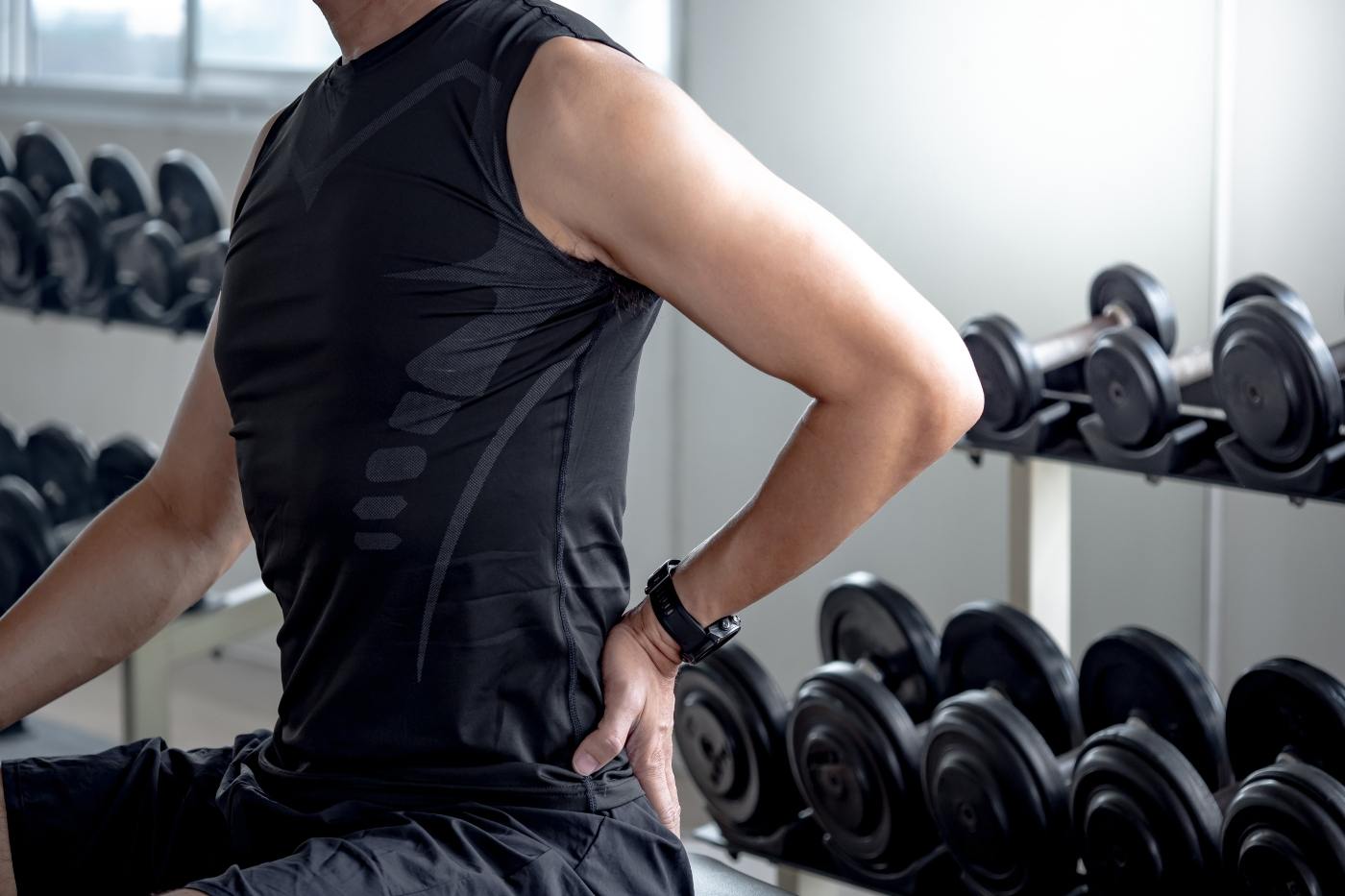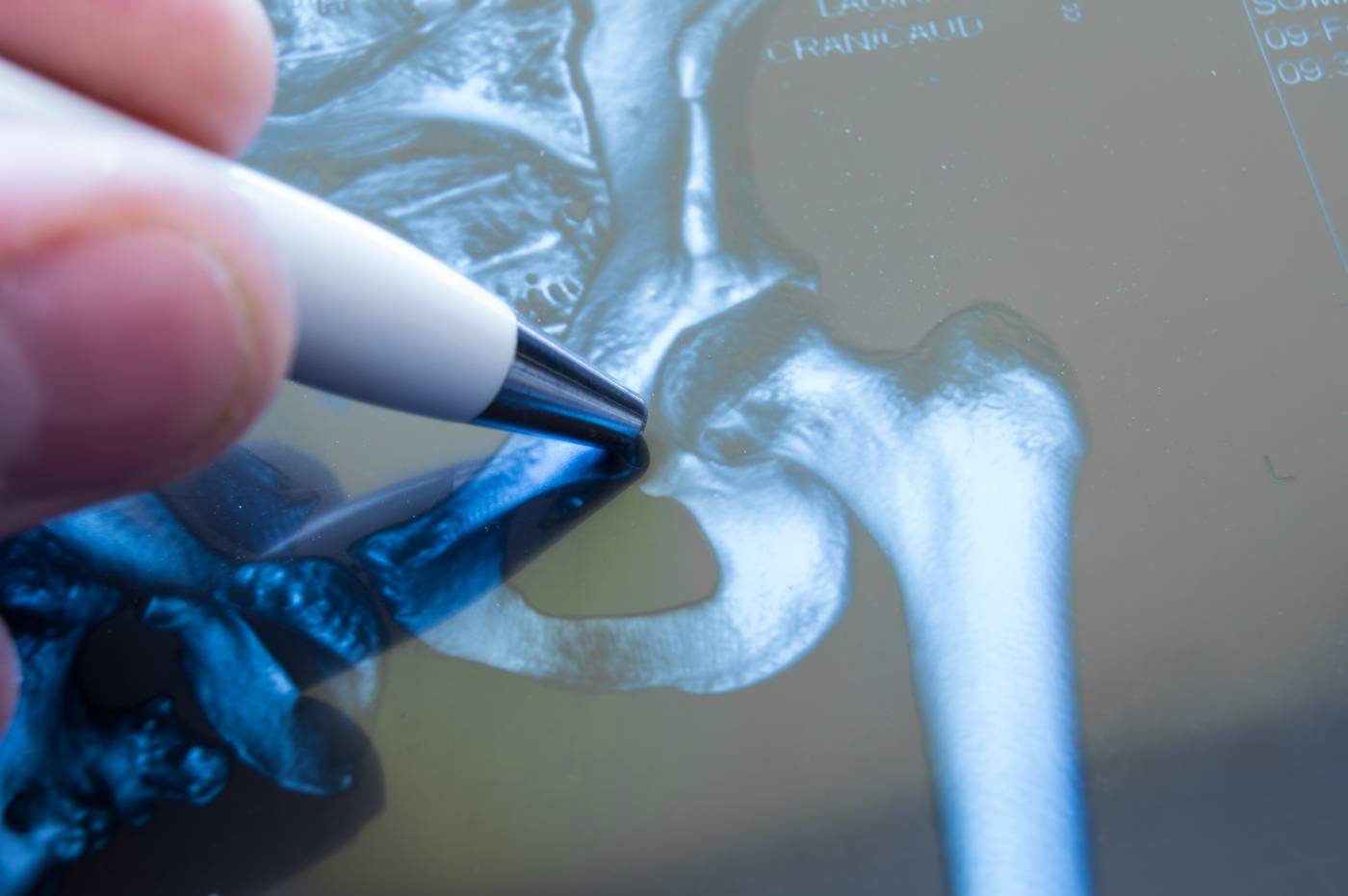As the weather improves, parks and streets begin to fill with runners. Nicer weather brings energy, motivation, and new goals as well as a familiar problem for many: runner’s knee. Runner’s knee is common. It affects both beginners and experienced runners. With the right care and habits, it can be prevented and managed.
What Is Runner’s Knee?
Runner’s knee is a general term for pain around or under the kneecap, often triggered by running, climbing stairs, or sitting for long periods. The medical name is patellofemoral pain syndrome. It usually feels like a dull ache or sharp twinge and may come with stiffness, even if swelling isn’t present. The root cause is often strain, overuse, or poor alignment of the kneecap, which can irritate the joint as it moves against the thigh bone.
Why It Flares Up in Spring or Summer
After a less active winter, many runners resume training too quickly. Muscles weaken and joints stiffen with inactivity, so a sudden jump in mileage, pace, or terrain can overload the knees. Worn-out shoes, weak thigh muscles, or tight hips can make the problem worse by throwing off alignment and increasing stress on the joint.
How to Prevent It
Ease back into your routine slowly—no more than a 10% increase in distance or intensity per week. Strengthen your quads, glutes, and core to support proper knee alignment. Stretch tight muscles like your hamstrings and hip flexors after each run. Make sure your shoes are in good shape and suited to your running style; worn-out soles lose the support your knees need.
Managing Pain Early
If pain starts, rest. Swap running for low-impact activities like swimming or cycling, ice the knee for 10–15 minutes a few times daily, and elevate the leg. Avoid stairs and deep knee bends. A patellar strap or soft brace may help reduce discomfort. When you feel ready to return, do so gradually and continue strength and mobility work.
When to Get Help
If pain lingers for more than two weeks or worsens, consider making an appointment with an iOrtho specialist. We can evaluate your movement, recommend therapy, or rule out more serious issues like cartilage damage. Swelling, locking, or instability should be checked sooner rather than later to prevent long-term knee problems.





